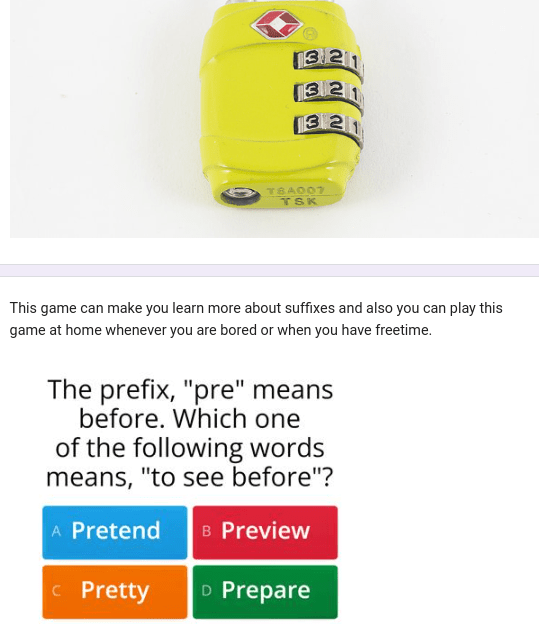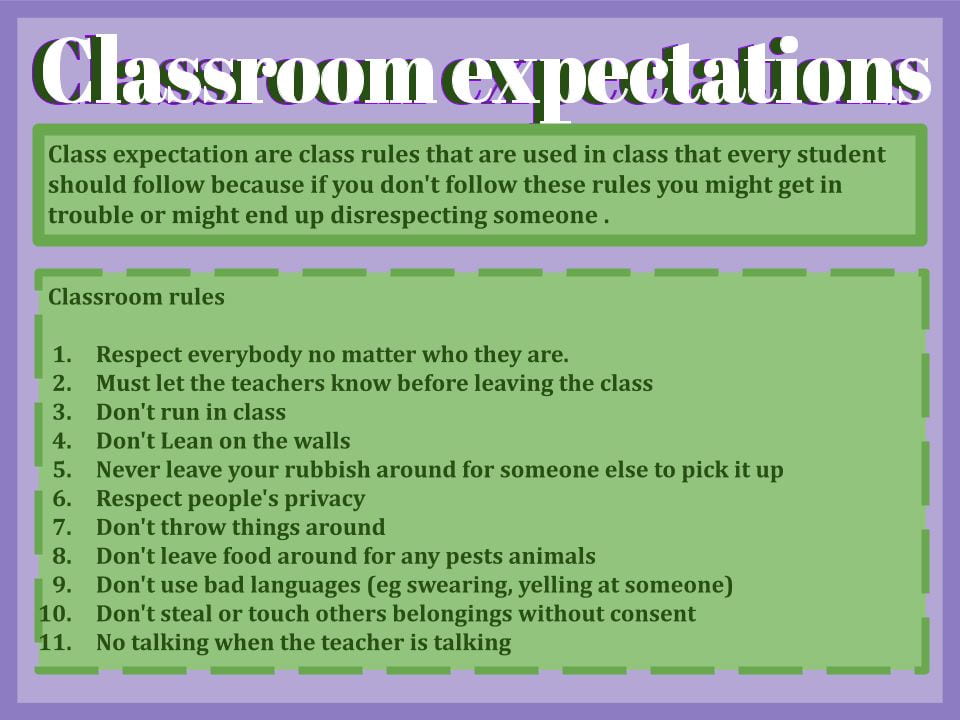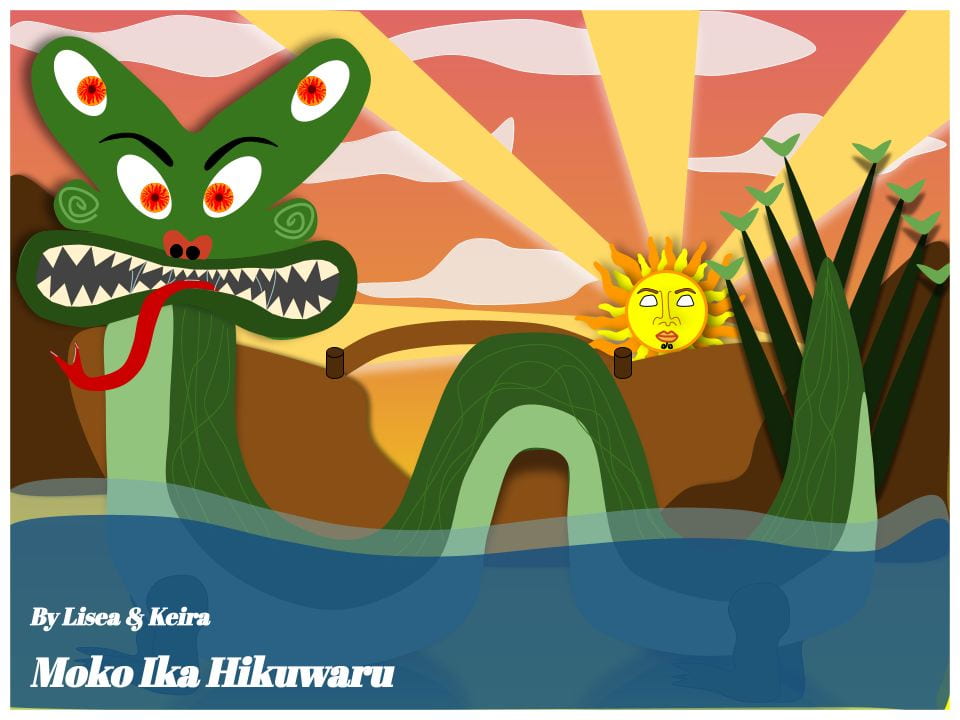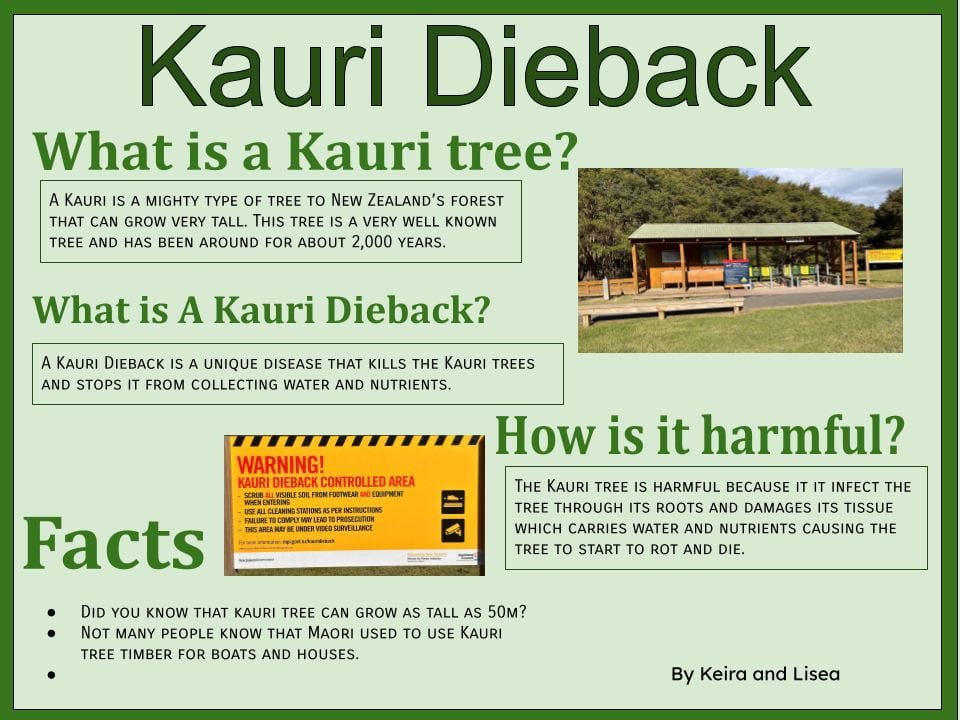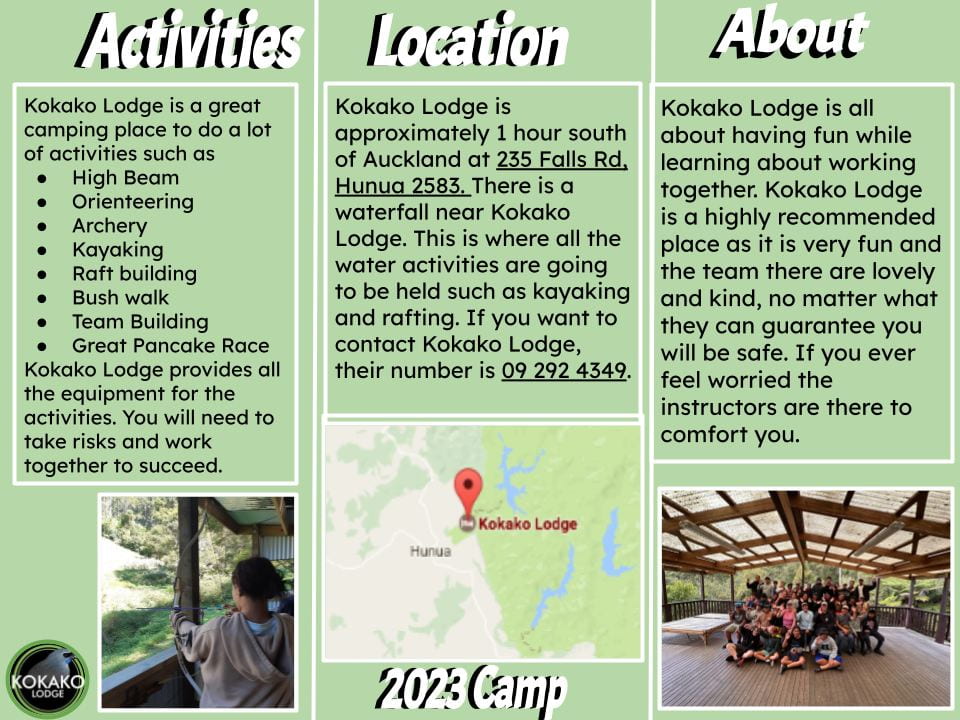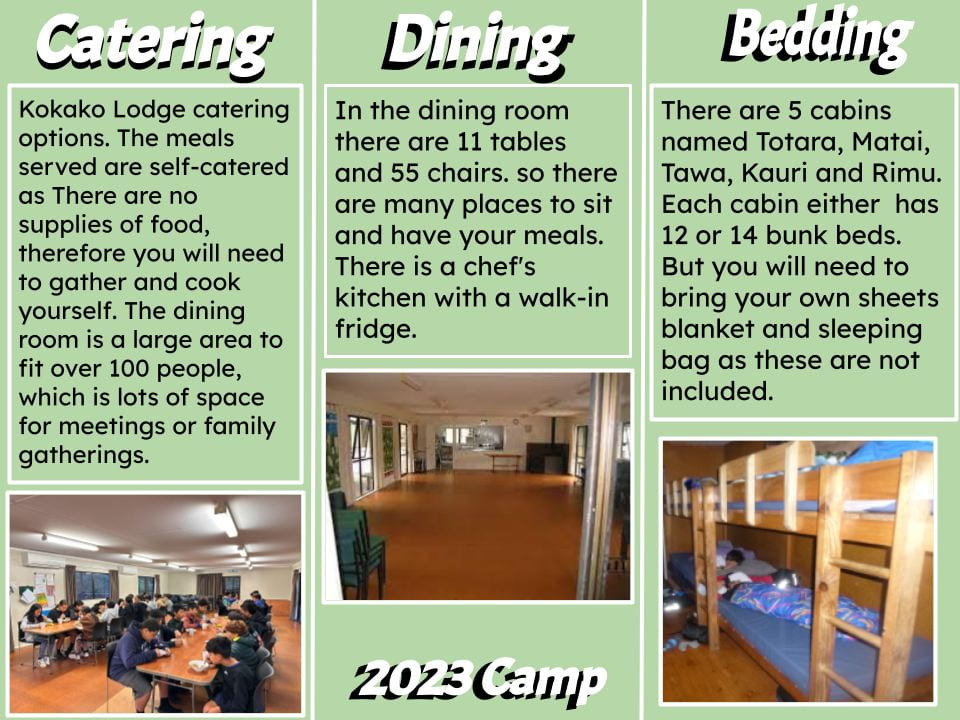LI: To write a set of clear instructions that show how to make a hangi.
Title: How to make a Hangi
A hangi is a traditional Maori method of cooking food underground using hot stones
- Equipments/Materials:
- Iron
- Metal Basket
- Foil
- Volcanic stones/ Rocks
- Hooks
- Covers
- Gloves
- Cylinder water
- Leaves
- Lighter
- Shovel
- Paper
- Twigs/wood
- Sticks
- Sacks (metal)
- Metal basket ( Metal Cooking tray)
- Cloths
- Ingredients
- Meat ( read meat, ox, chicken, pork )
- Vegetable (Pumpkin, Taro leaves or Banana leaves, Kumara, Carrots, Carrot, )
- Stuffing
- Dig a pit big enough for the baskets that hold the kai
- Build fire in the bottom of the pit, by using wood, kindling, and stones.
- Let fire burn for 3-4 hours
- Peel vegetables (get food ready) while the oven is burning.
- Once fire is burnt out, the rocks will be hot
- Put the meat basket down before the vegetable basket.
- Use shovels to transport hot stones from fire into hangi.
- seal hole with wet cloths.
- Use shovel to cover the hole with dirt
- After 3-4 hours of letting the hangi burn,
- You uncover the hangi and take the food out.
- Enjoy your kai.
- Always stay close to the food area.
- Make sure to be safe around the oven.
- Stay away from buildings.
Today we unpacked how to follow and write a set of instructions. To do this effectively your instructions need to be explicit and the steps to follow ordered. Each step begins with an instructional verb and should be written in a way that is easy to understand.
I enjoyed this activity because I got to collaborate with some people on figuring out some notes.
